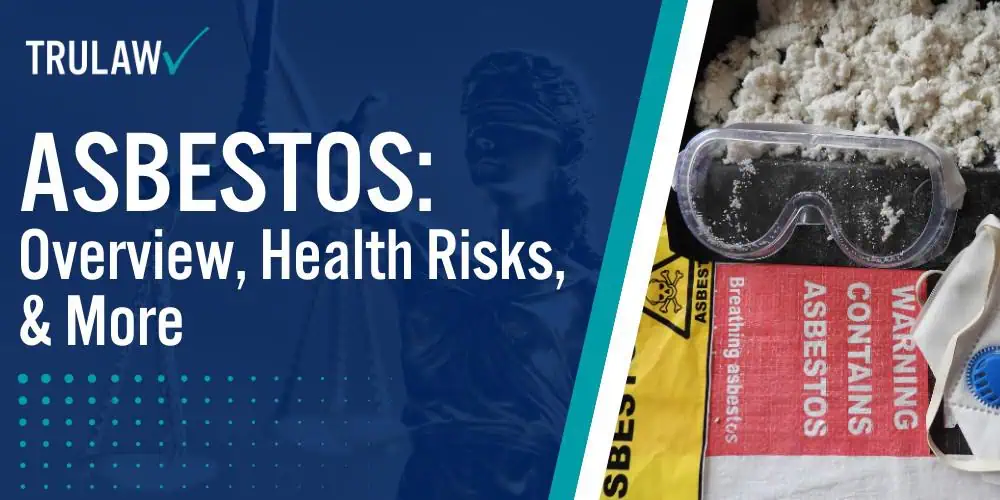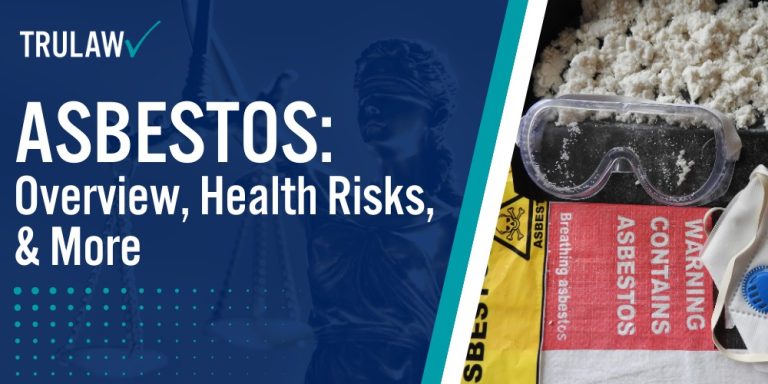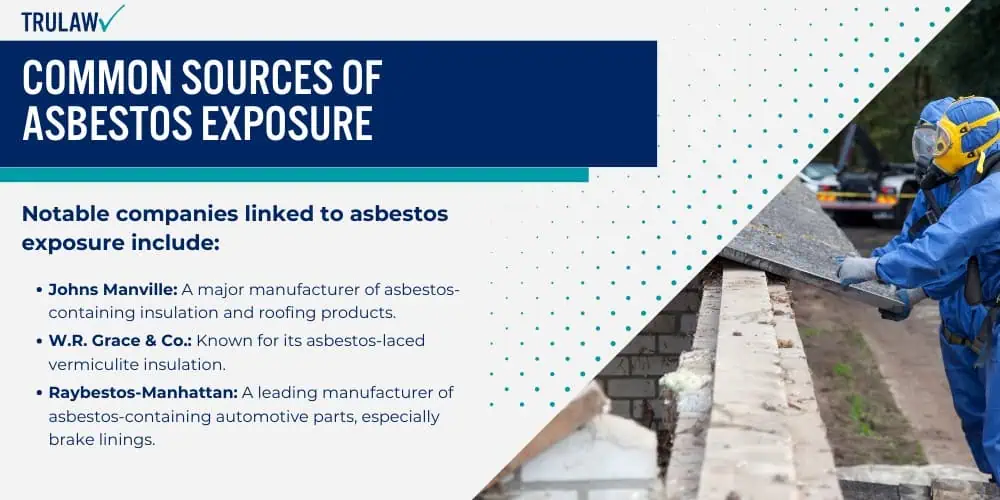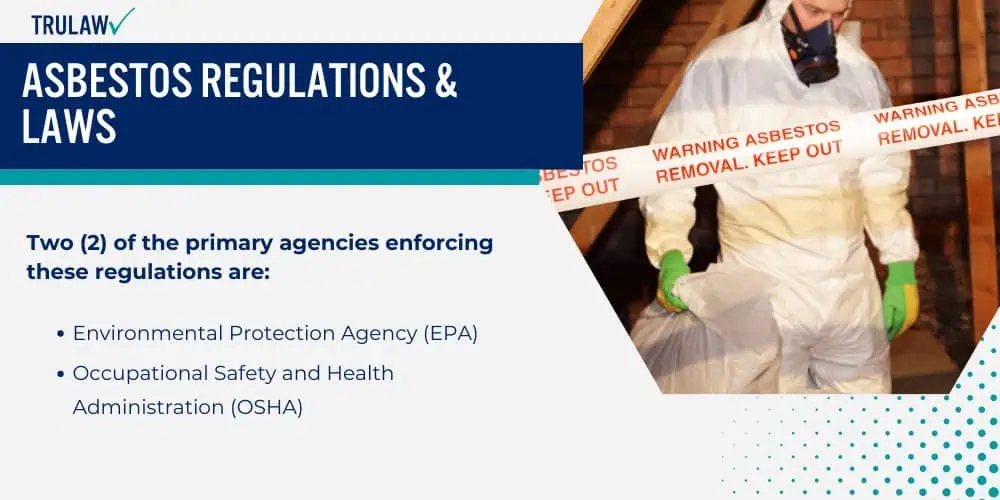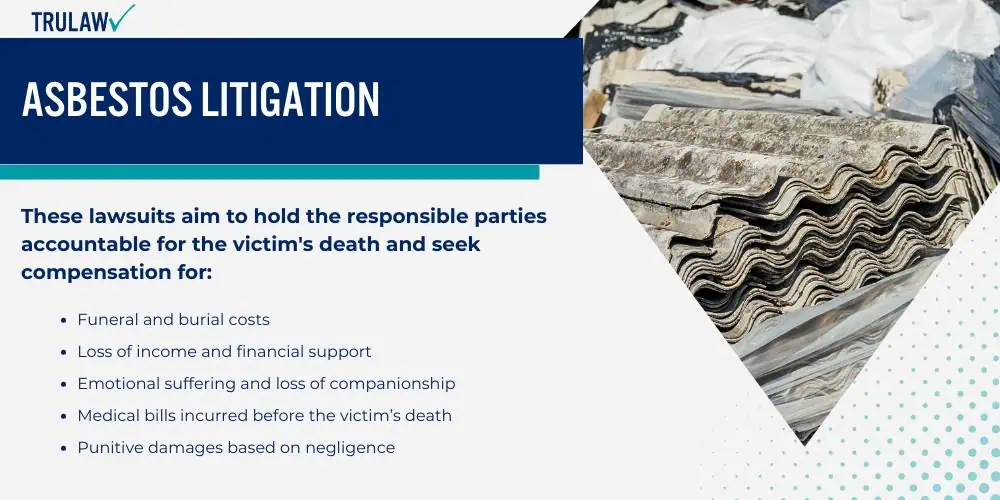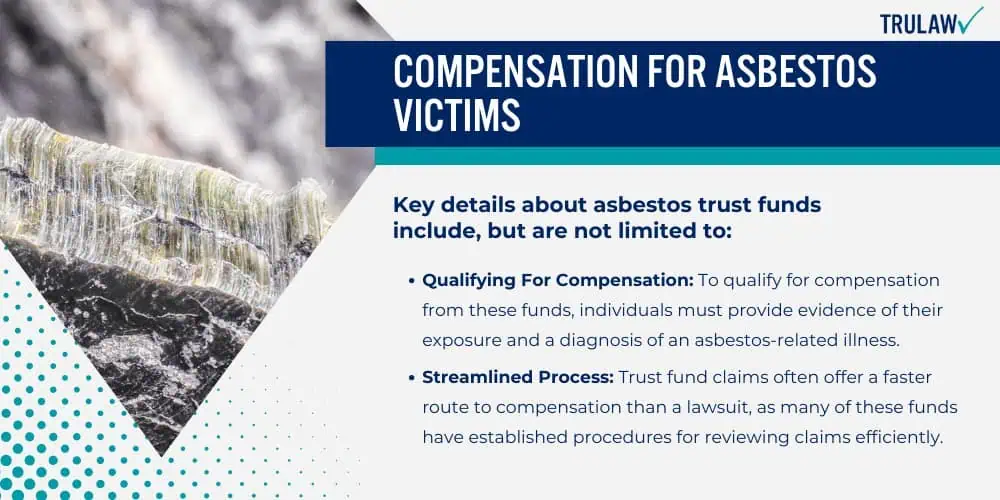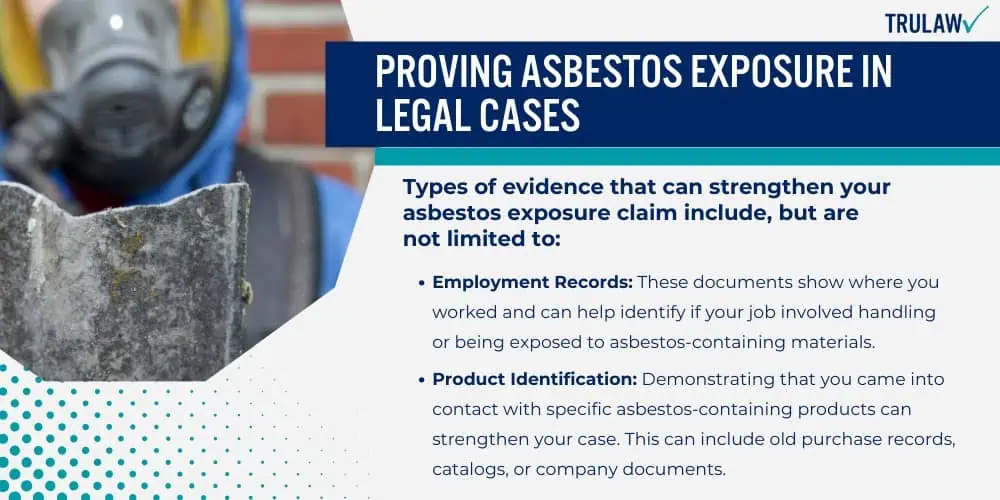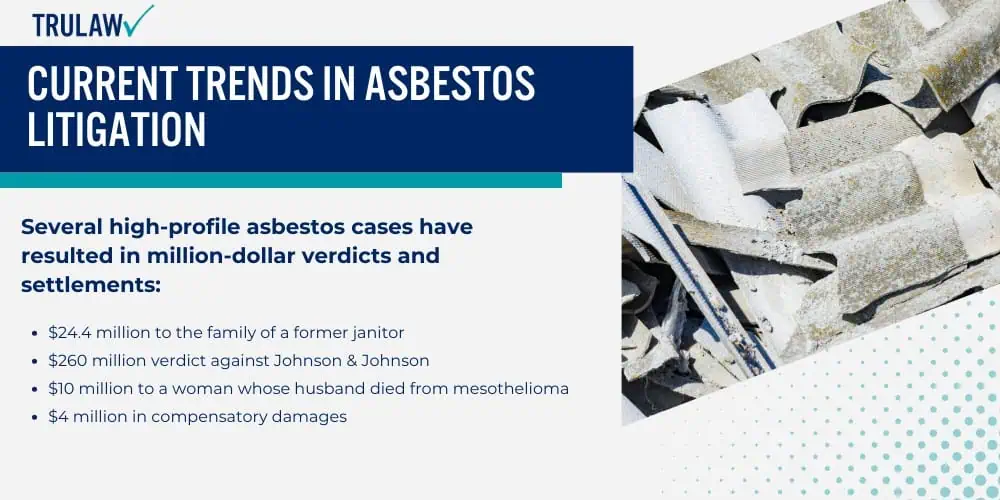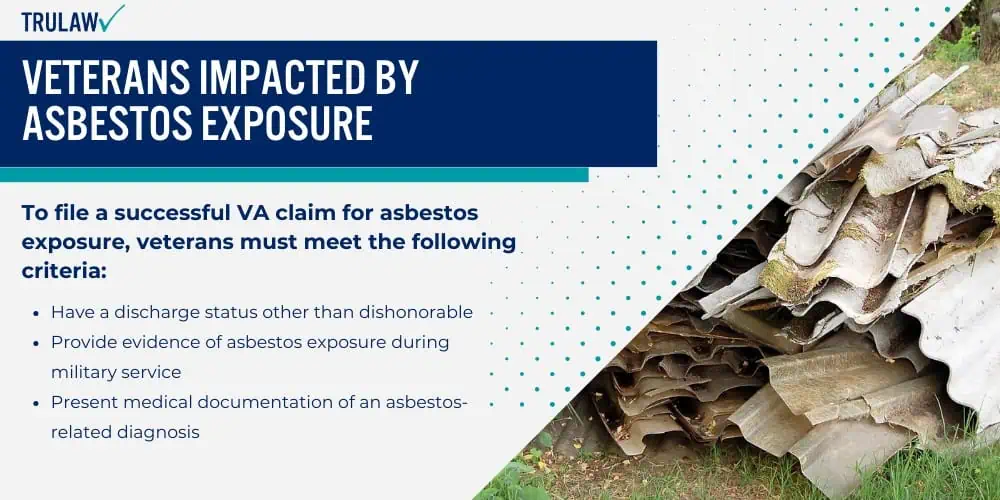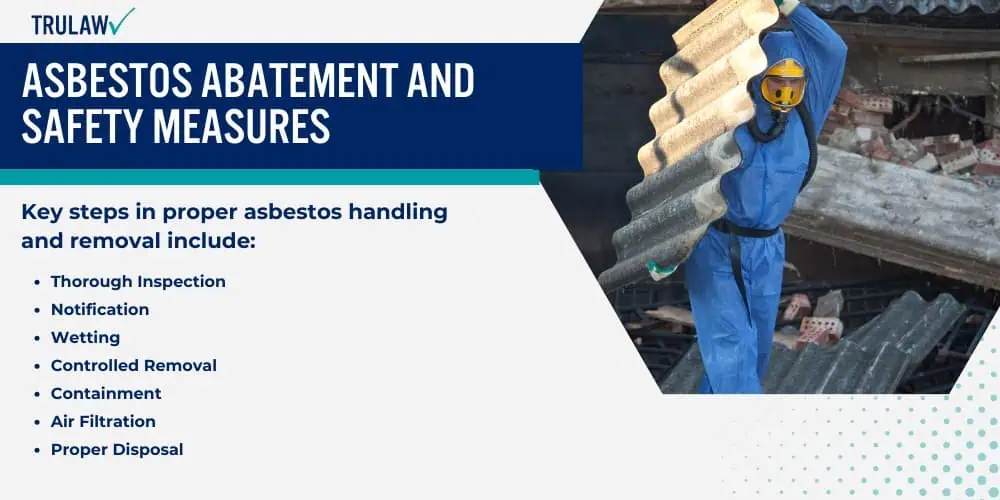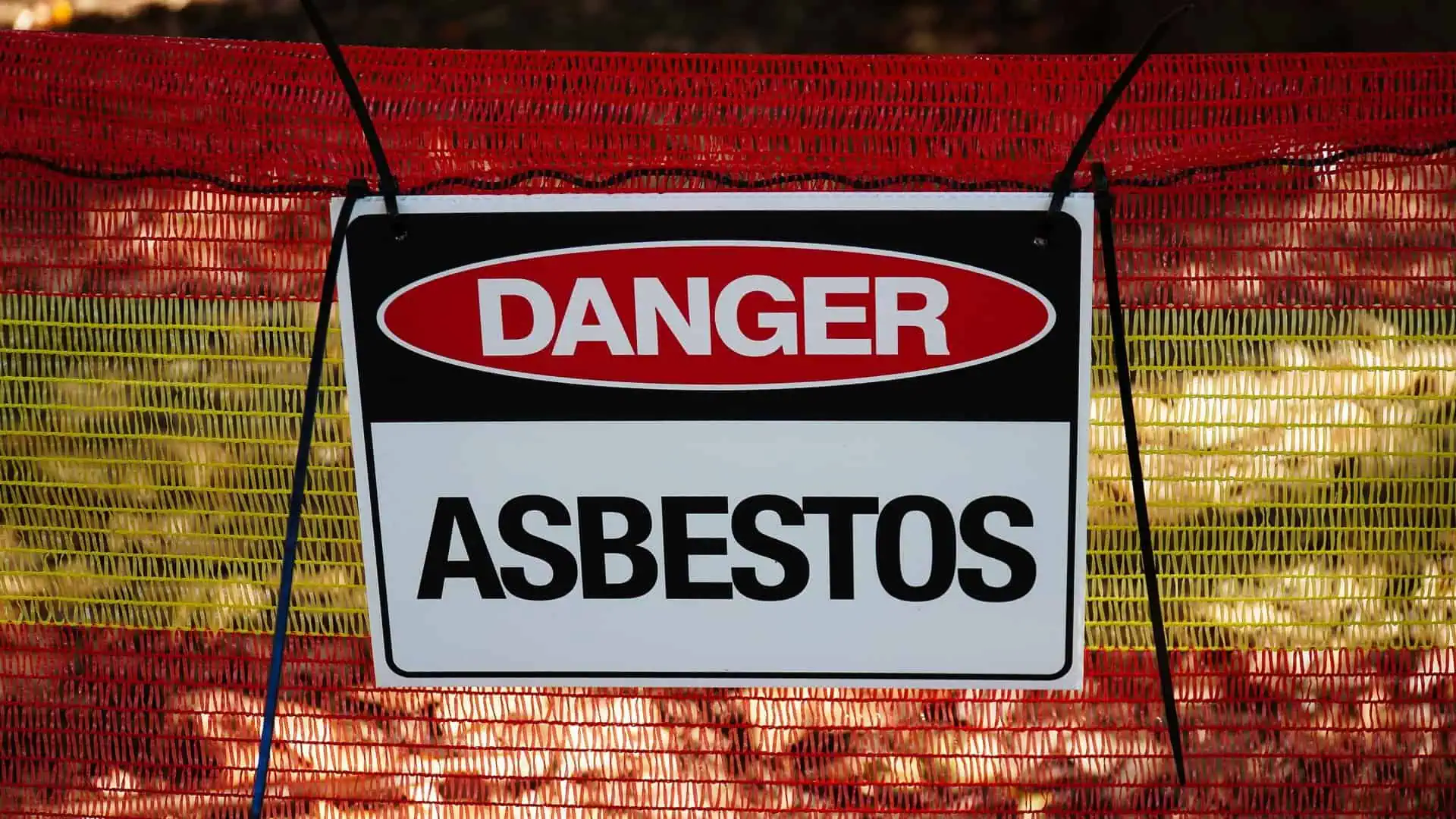Exposure to asbestos can lead to serious, life-threatening health conditions, especially when the fibers are inhaled or ingested.
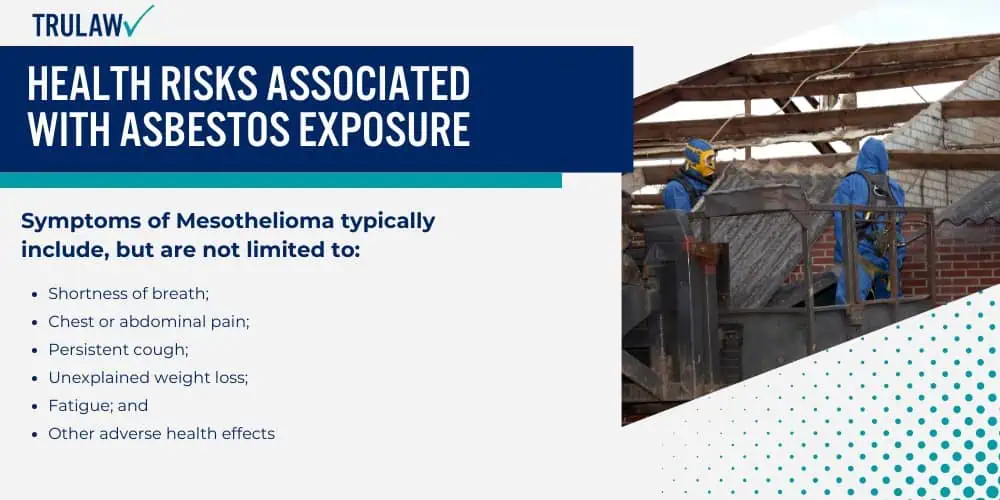
Once inside the body, these tiny asbestos fibers can become trapped in the lungs or other tissues, causing inflammation, scarring, and the development of certain cancers.
The most notable diseases linked to asbestos exposure are asbestosis, mesothelioma, and various forms of cancer.
These conditions often take years or even decades to develop after initial exposure, making early detection challenging.
Asbestosis
Asbestosis is a chronic lung disease caused by inhaling asbestos fibers, which leads to lung tissue scarring.
Over time, the scarring restricts breathing and reduces oxygen intake, causing symptoms such as shortness of breath, persistent cough, and chest pain.
People who develop asbestosis typically have a history of prolonged asbestos exposure, often through their occupation.
There is no cure for asbestosis — because of this, treatment generally focuses on managing symptoms and preventing further damage to the lungs.
Mesothelioma
Mesothelioma is an uncommon and aggressive cancer that mainly impacts the lining of the lungs (pleura), though it can also occur in the abdominal or heart lining.
This cancer is strongly linked to asbestos exposure, and unlike asbestosis, it can develop even with brief exposure to asbestos fibers.
Mesothelioma has a long latency period, meaning symptoms may not appear until twenty (20) to fifty (50) years after exposure, making early diagnosis difficult.
Causes of Mesothelioma
Mesothelioma is almost exclusively caused by exposure to asbestos, either through direct contact or environmental exposure.
When asbestos fibers are inhaled or swallowed, they can lodge in the lining of the lungs, abdomen, or heart — triggering inflammation and genetic changes that lead to cancerous growths.
Even minimal exposure to asbestos may increase the risk of developing mesothelioma — putting individuals working in industries like construction, shipbuilding, or manufacturing at a higher risk than others.
Symptoms of Mesothelioma
The symptoms of mesothelioma often resemble those of other respiratory conditions, which can make diagnosis challenging.
Symptoms of Mesothelioma typically include, but are not limited to:
- Shortness of breath;
- Chest or abdominal pain;
- Persistent cough;
- Unexplained weight loss;
- Fatigue; and
- Other adverse health effects
These symptoms usually develop gradually and worsen over time as the disease progresses.
Early detection of these symptoms is extremely important, but the long latency period often means the disease is diagnosed in its advanced stages.
Mesothelioma Treatment Options
Treatment for mesothelioma depends on the stage of the disease and the patient’s overall health.
Mesothelioma treatment options commonly include, but are not limited to:
- Surgery to remove cancerous tissue
- Chemotherapy to target and kill cancer cells
- Radiation therapy to reduce tumor size and alleviate symptoms
- Immunotherapy boosts the body’s natural defenses against cancer
While these treatments can help control the disease and improve quality of life, mesothelioma is typically resistant to treatment, and complete remission is rare.
Life Expectancy of a Mesothelioma Patient
The life expectancy of a mesothelioma patient varies depending on the stage of diagnosis and the individual’s overall health.
The average life expectancy after diagnosis is typically between 12 and 21 months.
However, some patients may live longer with early detection and aggressive treatment.
Palliative care options are also available to help manage symptoms and improve the patient’s comfort throughout their illness.
Forms of Cancer Associated with Exposure to Asbestos Fibers & Asbestos Materials
In addition to mesothelioma, asbestos exposure has been linked to several other types of cancer.
Asbestos fibers can cause genetic damage and inflammation in different tissues, increasing the risk of various cancers.
Among the most prominent asbestos-related cancers are lung cancer and ovarian cancer — both of which can be deadly when not detected early.
Lung Cancer
Lung cancer caused by asbestos exposure develops when inhaled asbestos fibers become lodged in the lungs, leading to inflammation and cellular mutations.
Asbestos-related lung cancer symptoms typically develop fifteen (15) to thirty-five (35) years after exposure occurs.
Symptoms related to lung cancer may include, but are not limited to:
- Chronic cough;
- Chest pain;
- Shortness of breath;
- Unexplained weight loss; and
- Other severe health conditions.
Smoking dramatically increases the risk of developing lung cancer in individuals exposed to asbestos.
Treatment options may include surgery, chemotherapy, and radiation, depending on the cancer’s stage at diagnosis.
Ovarian Cancer
Research has shown that asbestos fibers may also increase the risk of ovarian cancer.
When asbestos fibers are ingested or come into contact with the reproductive organs, they can trigger inflammation that may lead to cancerous growth.
Women who are exposed to asbestos through contaminated products (such as talcum powder) or in occupational settings are at higher risk for ovarian cancer.
Symptoms often include abdominal bloating, pain, and changes in bowel or bladder habits — however, these symptoms are usually nonspecific and can lead to delayed diagnosis.
Treatment typically involves surgery, chemotherapy, and targeted therapies.
Other Asbestos-Related Diseases
Beyond cancer, asbestos exposure has been associated with other severe health conditions.
These diseases are often chronic and progressive, with no cure available.
If exposure is prolonged, the risk of developing these conditions dramatically increases.
Common non-cancerous asbestos-related diseases include:
- Pleural Plaques: Thickened areas of scar tissue on the pleura (lung lining) that can impair breathing.
- Pleural Effusion: A buildup of fluid between the lungs and chest wall that can cause chest pain and difficulty breathing.
- Diffuse Pleural Thickening: Extensive scarring of the pleura, which can lead to reduced lung function.
- Chronic Obstructive Pulmonary Disease (COPD): Asbestos exposure can worsen COPD symptoms and contribute to the disease’s progression.
While these conditions are non-cancerous, they can severely impact the quality of life, often leading to breathing difficulties and a need for long-term medical care.
Managing these diseases typically involves symptom control through medication, oxygen therapy, or in severe cases, surgery to remove damaged lung tissue.
If you or a loved one has been diagnosed with mesothelioma, asbestosis, or other asbestos-related diseases, you may be eligible for compensation.
Contact TruLaw using the chat on this page to receive an instant case evaluation that will determine if you qualify to join others in filing an asbestos exposure lawsuit today.
